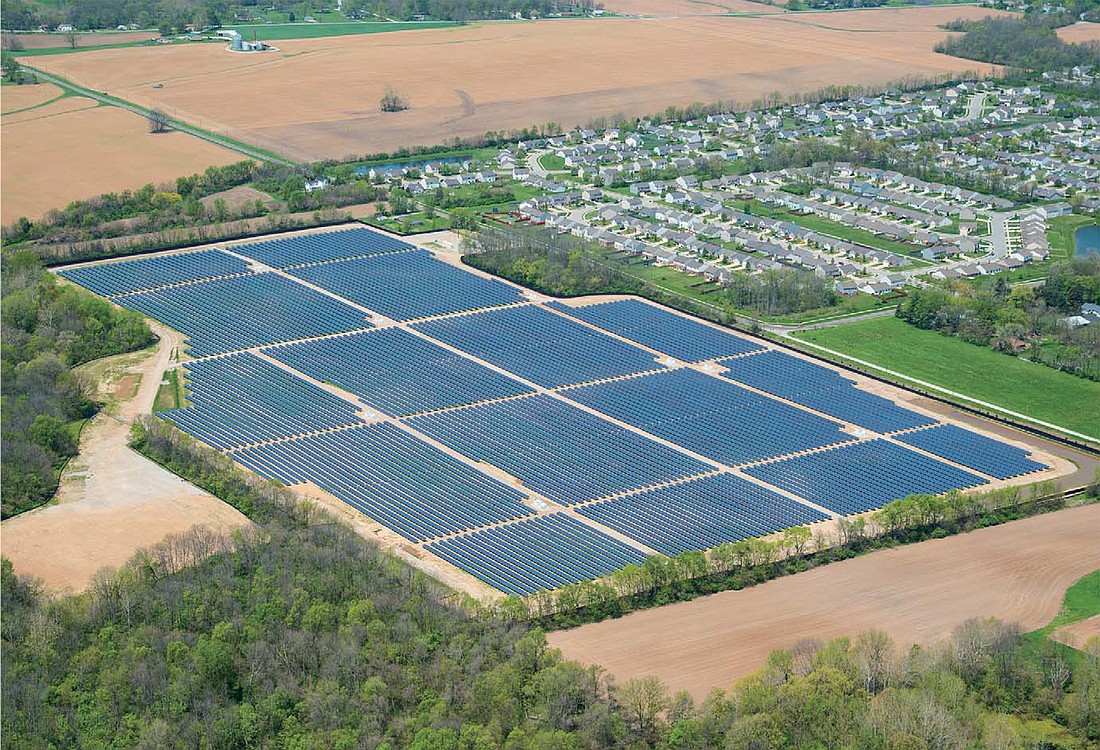
A rising demand for solar cells both in the U.S. and abroad, an absence of domestic manufacturing facilities and the threat of a new tariff on imported goods from China result in the prospect of bringing Chinese solar energy giant JinkoSolar to Jacksonville.
China is the leading manufacturer of solar energy components, with more than 400 companies based there. Among the top 25 solar manufacturers worldwide ranked by the website letsgosolar.com, 14 are Chinese companies, including JinkoSolar Holding Co. Ltd.
While the majority of solar component manufacturing is in Asia and Europe, interest in establishing facilities in the United States may be driven by President Donald Trump’s intention to impose stiff tariffs on imported manufactured goods, particularly from China.
A report in PV Magazine, an industry trade publication, suggests that such a tariff could result in a temporarily constrained market in the U.S., and establishing a manufacturing facility here “could be an important source of supply for a constrained market.”
According to the Solar Energy Industries Association, there are three primary technologies by which solar energy is commonly harnessed: photovoltaics (PV), which directly convert light to electricity; concentrating solar power (CSP), which uses heat from the sun to drive utility-scale, electric turbines; and heating and cooling systems which collect thermal energy to provide hot water and air conditioning.
Photovoltaics is the technology commonly seen on solar farms, where acres of solar panels convert sunlight into power.
According to the association’s website, in 1954 Bell Labs introduced the first solar PV device that produced a usable amount of electricity, and by 1958, solar cells were being used in a variety of small-scale applications.
The energy crisis of the 1970s resulted in increased interest in using solar cells to produce electricity, but at a cost of nearly 30 times the current price, large-scale applications were impractical.
As more manufacturers and installers have entered the market, prices have fallen rapidly since 2011, overall a 33 percent decline. This has resulted in worldwide industry growth.
In 2017, nearly 260,000 Americans worked in solar, more than double the number in 2012, in more than 9,000 companies.